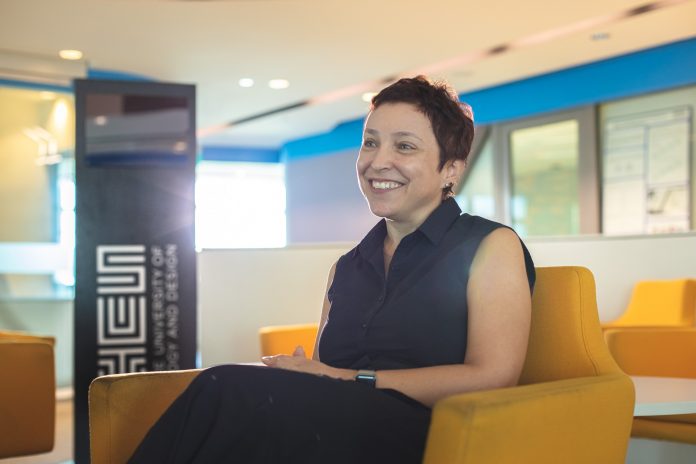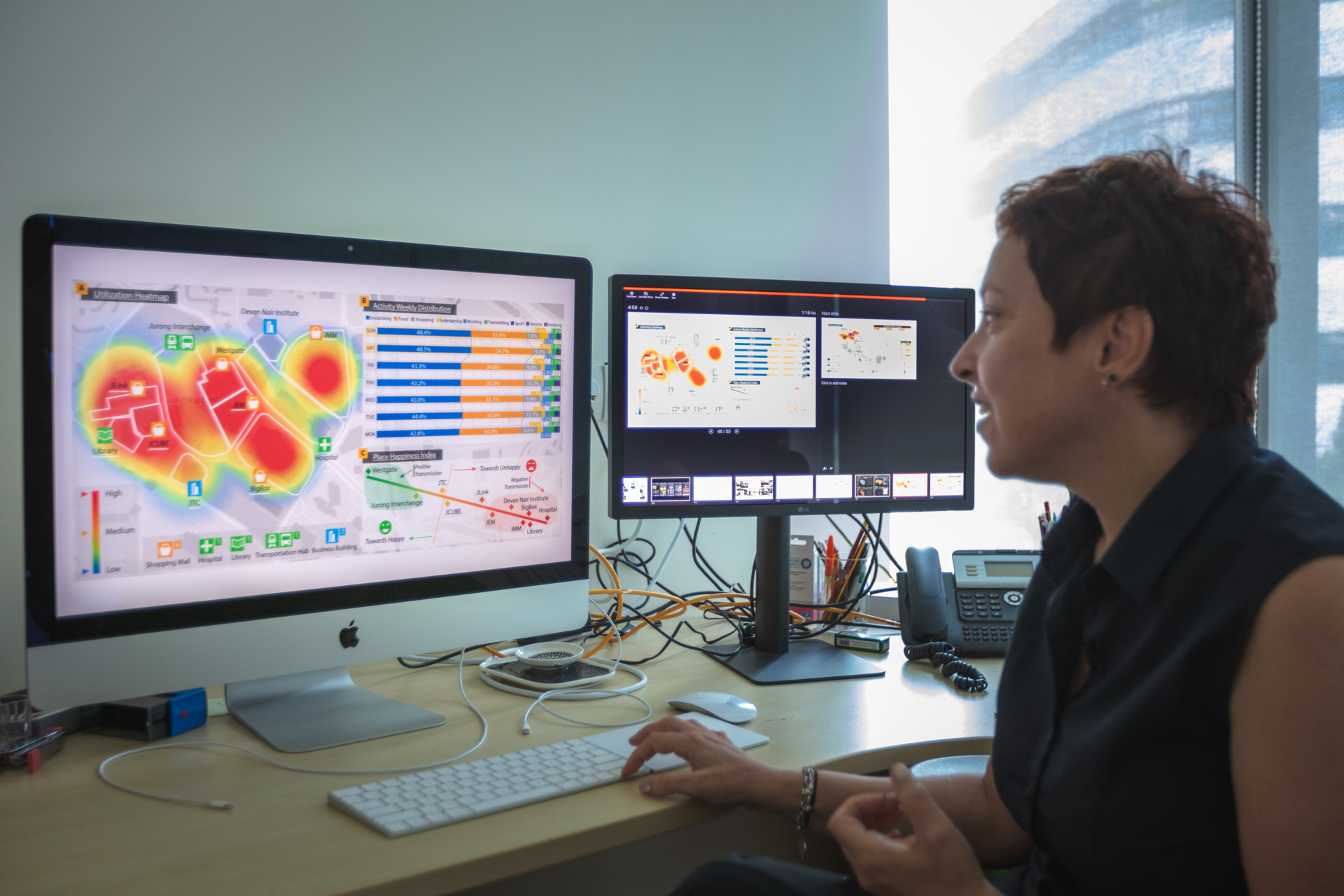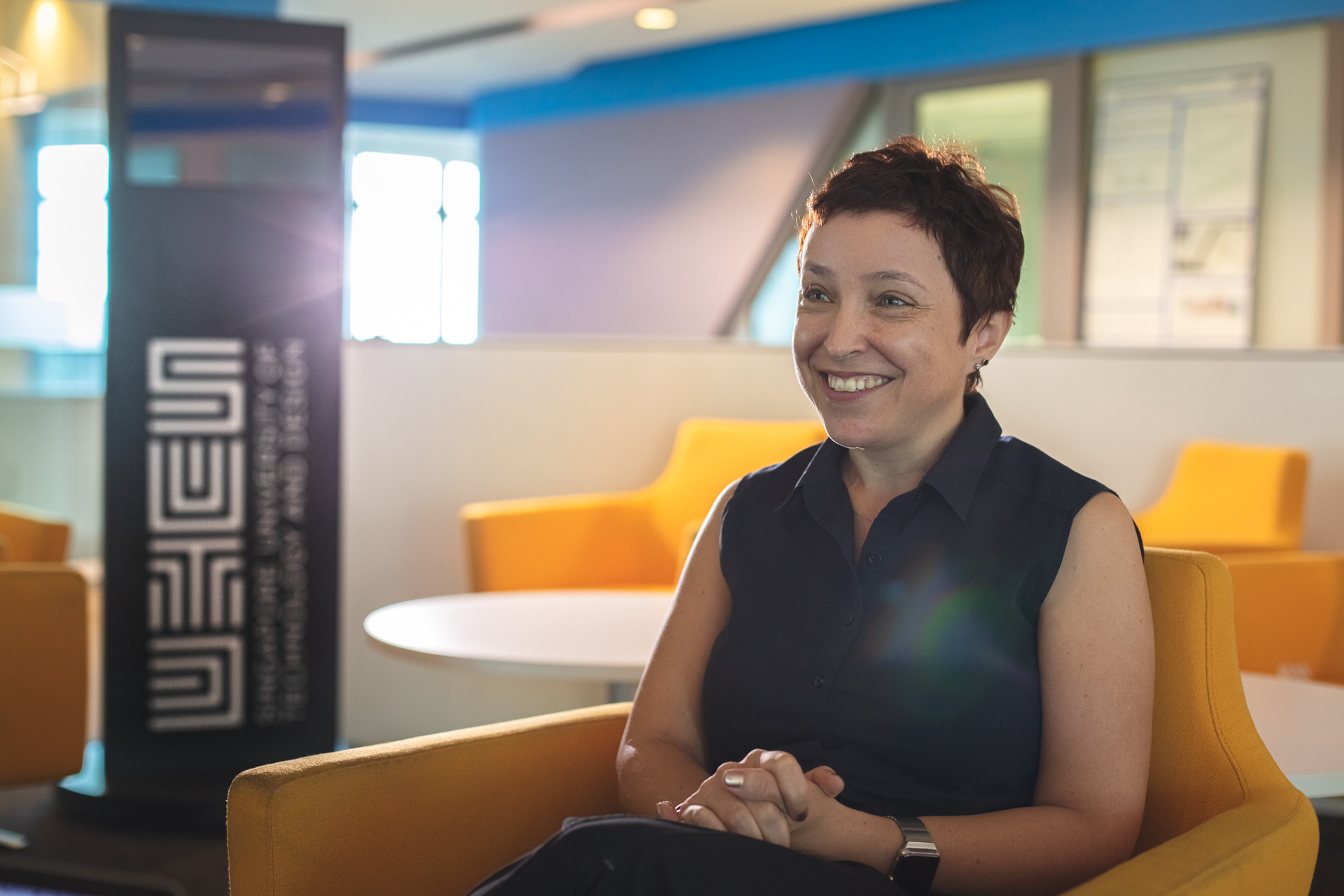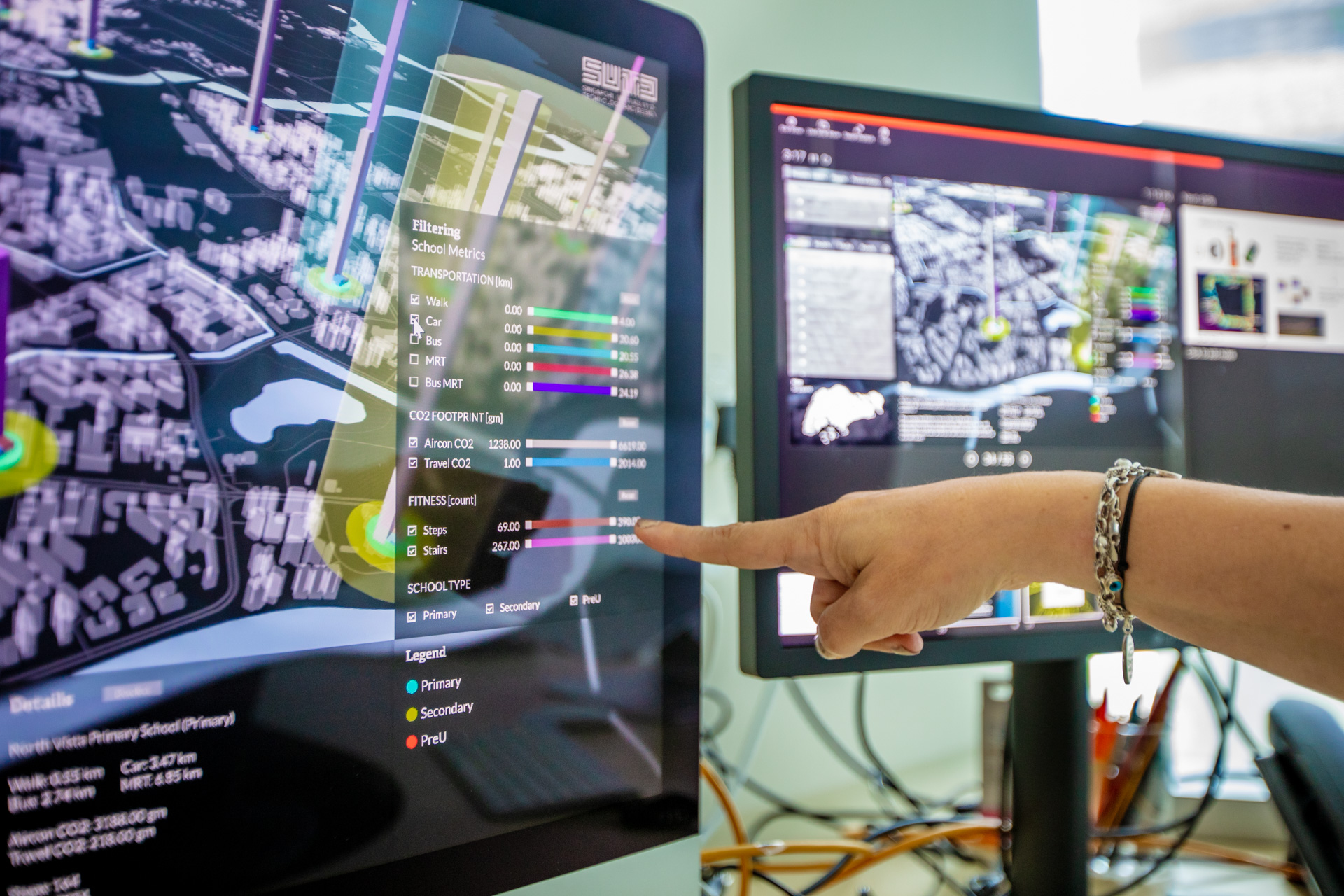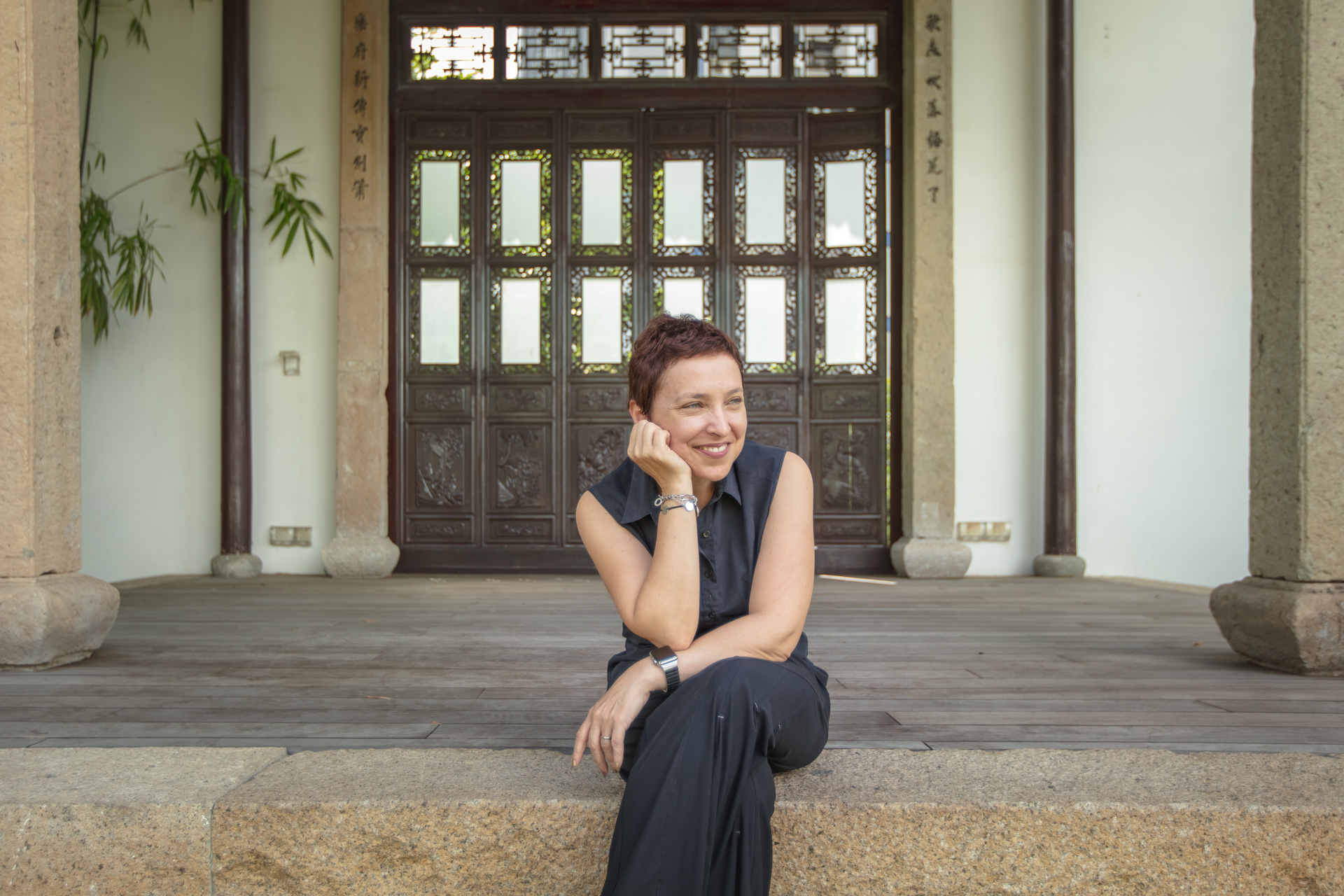Prof Bige Tunçer shares her passion in information modelling and how SUTD makes it easy for her to collaborate with other like-minded researchers
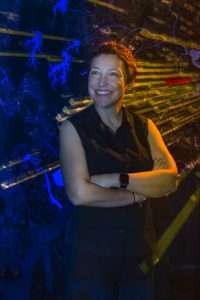 Big data is often talked about in business and finance, but it’s also a big part of urban design.
Big data is often talked about in business and finance, but it’s also a big part of urban design.
Think of our urban environment as a network of many complex systems — offices, homes, schools, pedestrian walkways, roads, public transport networks and so on. We interact with these systems in many ways in our daily lives. If you were an urban planner, wouldn’t it be wonderful to explore how all these different components interact with one another?
That’s exactly what Associate Professor Bige Tunçer does as an expert in information modelling — she crunches all this data and creates data products, such as dashboards, that help urban designers and planners in decision making.
“With computation, we can strengthen and automate some of the things we have to do in urban design. We can build models and we can test them better for human use, human perception, human comfort before the actual construction,” she explains.
As Associate Head of the Architecture and Sustainable Design (ASD) Pillar, and director of the Informed Design Lab, which works on using data for informed architectural and urban design, the passionate professor is a proficient multi-tasker. When she isn’t teaching Capstone and Masters classes at SUTD, she is working on her multiple Architecture projects.
She shares about a current project – an extensive multi-year study on pedestrian walkways in crowded areas. “We are looking at how to mitigate the effects of crowding through design,” she explains.
The multidisciplinary team comprises researchers from the Future Cities Lab, transportation engineers and cognitive psychologists, who work on different aspects of the project. Prof Tunçer‘s research focus is on the physical characteristics of these walkways and what can be changed.
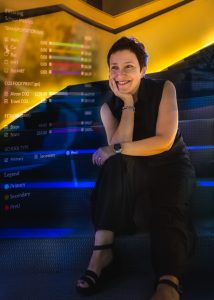 “We are now designing a wide-ranging preference survey, where we will tweak physical spaces and ask respondents to give feedback based on precise images of these tweaks. For example, we can change the width and height of a walkway and ask which they prefer.”
“We are now designing a wide-ranging preference survey, where we will tweak physical spaces and ask respondents to give feedback based on precise images of these tweaks. For example, we can change the width and height of a walkway and ask which they prefer.”
Focusing on cities and enhancing data science capabilities is part of SUTD’s key growth plan. Besides preparing graduates for the future economy, the growth plan also aims to support Singapore’s growth priorities through research.
What makes SUTD stand out
Before coming to Singapore, Prof Tunçer was a professor at the Delft University of Technology in the Netherlands, where she also obtained her PhD in Architecture.
When she relocated to Singapore with her husband over seven years ago, SUTD was a “very clear choice” for her.
She cites the forward-looking curriculum, unique pedagogy, interdisciplinary collaboration as the main pull factors. “These are the things that makes SUTD very attractive to me as a professor,” she says.
“In other universities that are more traditional — computation seems to be an add-on,” she points out. “In SUTD, this takes centre stage and it’s also in the core undergraduate curriculum, which I think it is a very good, forward-looking way to educate young professionals.”
Given the complexity of the questions she tries to answer as a researcher, SUTD’s focus on multidisciplinary collaboration makes it easy for her to get work done. At the Informed Design Lab, she leads a team that includes architects, data scientists, and software engineers.
“If you are working with this kind of complex questions, to translate our work into good design recommendations, the approach has to be multidisciplinary,” she says.
“That’s why the environment is really important to me… [one] where people are open and enthusiastic about working together across disciplines.”
The culture of collaboration is reinforced by where professors are seated in the office — instead of grouping by pillar, they sit in clusters based on research interests. This makes it easy for Prof Tunçer and her colleagues to discuss new ideas and even initiate new projects.
And if you are wondering, yes, she has worked with professors from every SUTD pillar! (This is not uncommon here, she adds.)
So, what’s a typical day like for Prof Tunçer?
“Hectic!” she says candidly.
Her heavy administrative, teaching and research commitments mean that she usually doesn’t even stop for lunch. During lunchtime, she can often be found eating a sandwich, while working in front of the computer or discussing something with her colleagues. And like the complex systems she tries to model, her work desk is covered by stacks of research notes and academic papers.
The loving mother of three young girls tries to leave by 5.30pm every day, to pick her children up from school and spend time with them before they sleep. She then continues to work. As much as possible, she leaves her weekends free for family and friends. “I want to raise my kids myself. This arrangement works for me,” she says.
Inspiring the next gen
Labelling herself a ‘feminist’, Prof Tunçer sees herself as a role model especially for girls aspiring to become part of the architecture and tech community. When she can find the time, she gives talks at Women in Tech workshops in the hopes of inspiring more females to join her field. She is particularly proud of the fact that the ASD pillar now has the highest proportion of female undergraduates in SUTD.
Already, she is impressed by how SUTD students have made the best of the university’s unique education: they are open to learn new things and not afraid to delve into areas that are not their specialty.
“When they are motivated and take ownership, they come up with amazing results,” she says proudly. Even when she first started teaching in SUTD, some of the student projects were so good that they went on to win prizes internationally.
“You can imagine the level of quality produced during the course. And this happens with many of our courses.”
Prof Tunçer has high hopes for SUTD in the coming years. As a researcher, she hopes to come up with tools that will have great impact in urban design and planning.
“As a teacher, I would like to bring forward the architectural curriculum and help it evolve into an established programme in Asia and the world,” she says, adding that she hopes to develop new interesting courses for students.
“We have already taken steps to differentiate ourselves. We will need to communicate this so parents and students, not just in Singapore but elsewhere in the world, know what we are about!”
Like what you just read?
Missed our Open House talks? Rewatch the sessions here.
#whySUTD? We’re glad you asked – here’s why!
It can be hard to ask the right questions that will help you to decide which university to join, so we’ve compiled a list of FAQs for you here.




















